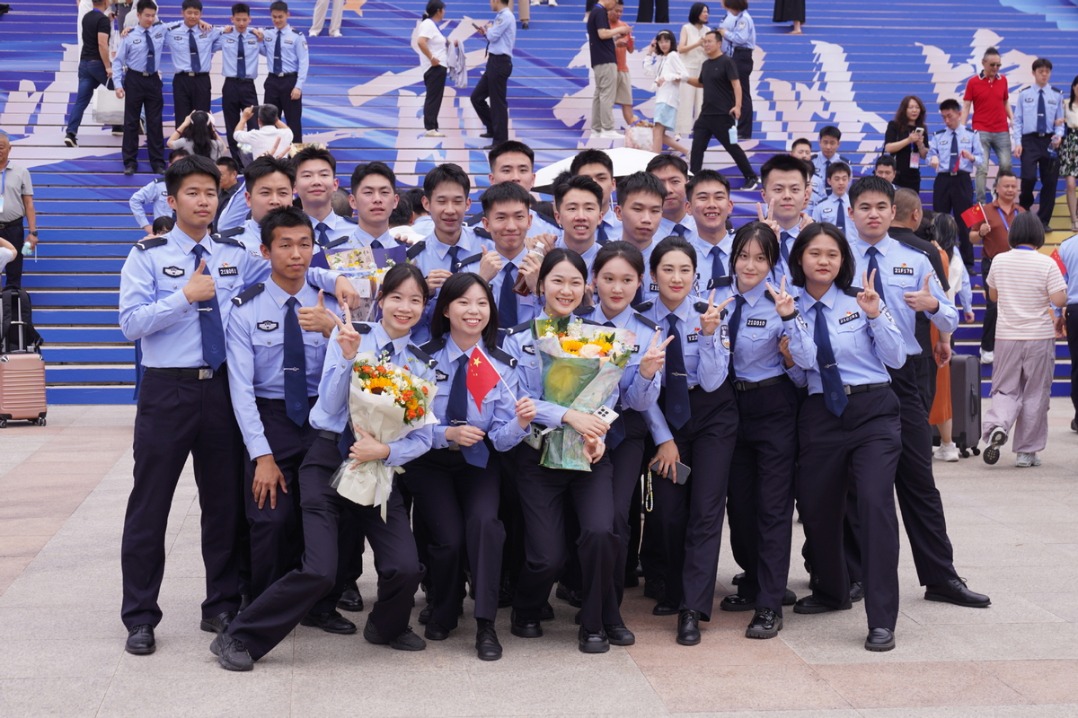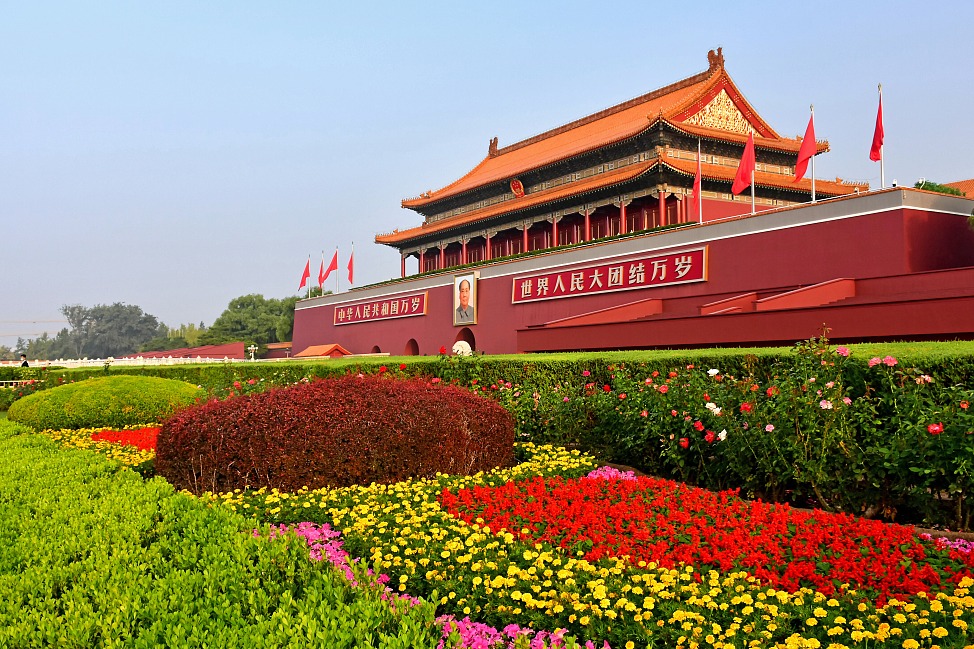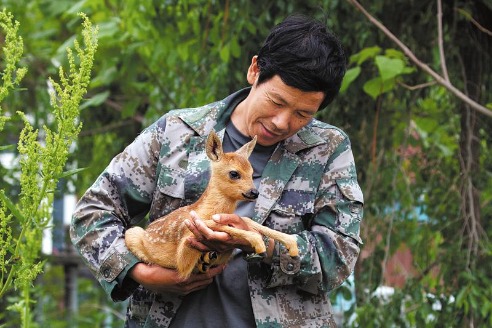Cangzhou thrives in Beijing-Tianjin-Hebei coordinated development

Cangzhou city in Hebei province has emerged as a pivotal hub in the overall Beijing-Tianjin-Hebei coordinated development, thanks to its advantageous position along the Bohai Sea.
The city is leveraging its population of 7.3 million and 116-kilometer coastline to accelerate industrial transformation and promote economic vitality through deepened collaboration with its two metropolitan neighbors, local authorities said.
Over the past two years, Cangzhou has signed 131 projects with Beijing and Tianjin, attracting 45 subsidiaries of central State-owned enterprises. Its technical contract turnover with the two cities surged by 131 percent year-on-year to 7.4 billion yuan ($1.03 billion) last year, reflecting robust innovation-driven growth, according to statistics provided by the local government.
A standout example is the Mingzhu International Fashion Eco-City in the city's Cangdong Economic Development Zone, a flagship project absorbing over 80 percent of Beijing's relocated garment businesses since 2014, said Zhang Qi, deputy general manager of the eco-city.
The eco-city hosts 614 enterprises, employs more than 10,000 workers, and has forged a complete industrial chain integrating design, production, and sales.
As a wholesale hub that can accommodate more than 50,000 merchants, it has become a vital place in northern China's fashion supply chain, attracting buyers from the provinces of Shanxi, Henan, and Shandong, as well as the Inner Mongolia autonomous region.
"Our aim is not just about undertaking but also transforming," Zhang said.
By integrating smart manufacturing, e-commerce livestreaming, and international design collaborations, the eco-city aims to shift from low-margin processing to high-value-added branding, he added.
In addition to promoting industrial connections and cooperation with Beijing and Tianjin, the city has also attracted tourists from the two neighbors.
During the 2025 May Day holiday, the city welcomed 4.05 million tourist visits, with 31 percent from Beijing and Tianjin, drawn to cultural landmarks like the Grand Canal, the Nandagang Wetland, and the Bird Nature Reserve heritage site.





































